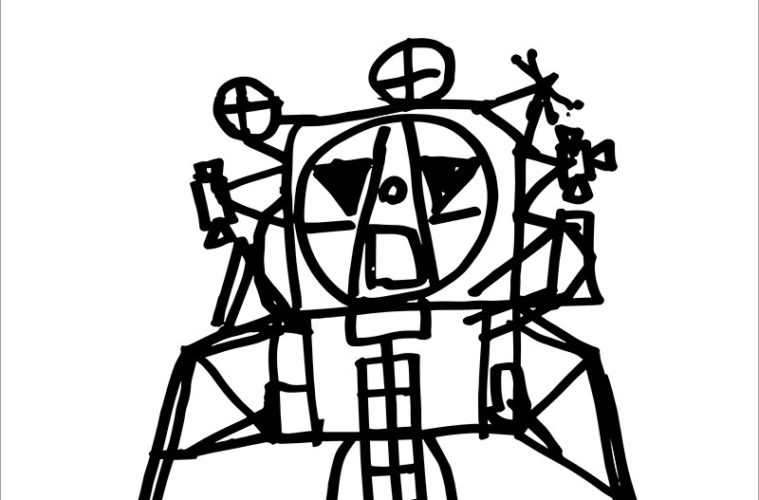A work of documentation, as opposed to a pure documentary, A Space Program offers a vision of what The Martian might look like as directed by the heroes of Michel Gondry’s Be Kind Rewind. Directed by Van Neistat and inspired by Tom Sachs’ large-scale installation simulating a NASA mission to Mars in an art gallery, the film is a gleeful exploration in DIY. Sachs’ space program, first launched in 2007 in Los Angeles, was a simple mission to the moon before debuting at New York City’s Armory show in 2012. The installation is immersive, requiring audiences to move from room to room, simulating cross-cutting as the locations change from a control room to the actual mission This filmed version is a hybrid of performance documentation and narrative filmmaking, reflecting the inherent drama of the space program.

Exploring the expertise of each team member and their material of interest, we learn the benefits of plywood and Tyvek — a synthetic material fabricated from FedEx’s waterproof shipping envelopes that’s been built to simulate the mission. Space suits are cooled by a pump mechanism fashioned from thermoses, with hosing requiring the cooling system to undergo maintenance during the mission — another level of artificiality offering commentary on what is taken seriously.
Breaking down each layer of that artifice, Neistat has crafted an examination of the process while maintaining a playful, straightforward framing: purporting to document the mission in a matter-of-fact way. Accompanied by a voiceover that’s written by Sachs and Neistat and performed by Pat Manocchia, the film’s tone is modeled upon the direct approach employed by early sound documentaries produced by the General Post Office Film Unit, National Film Board of Canada, and various communication branches of the U.S. government.

Running 72 minutes, A Space Program has, due to the limits of its structure, the misfortune of feeling like a short that’s slightly overstayed its welcome. While it is about the makings of the mission, occasionally showing the creation of such objects, the picture is ultimately about performance. A procedure manual can, in essence, be a conceptual art project, offering instructions for how to go about doing something for the optimal outcome while having a safe experience. This is that rare case where the DVD extras may be a little more interesting than the film.
The space team underwent a grueling 18-month training period, and this provides us a skeleton key into their world. A work that highlights the personalities of each while engaging in such large-scale madness may be equally interesting. However, A Space Program is quite a feat on its own — a cheeky, tongue-in-cheek study in materialism. Witty and ambitious, it’s a piece of performance documentary that aims to capture the essence of the performance in its DIY, hand-made style, right down to its hand-cranked closing credits. It captures the imagination even if it’s a tad too dry at times.
A Space Program opens on March 18 at New York City’s Metrograph and will expand in the coming weeks.

